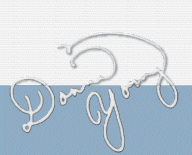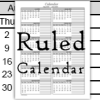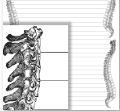Example: A Breakdown of a Chapter Structured Textbook
Many textbooks will contain lessons, but no guide that tells how many days that should be spent per lesson or how the curriculum should be spread over a course of time. The 1987 edition of Bob Jones University Press Geography is like that so I am using it for my example.
We are using this book for 9th grade geography. We will take an entire school year to complete the course. That is the first decision that you should make after deciding what curriculum to use... how long you will be using it.
Lists are great to use and so I added a Steps-to-Planning below.
Steps-to-Planning Checklist
1. How many weeks of study?_____
2. How many weeks for special projects?______
3. Subtract step 2 from step 1. ____ weeks4
4. How many pages are in the book(s)?______
5. How many lessons are in the book(s?______
6. How many pages are tests/review?______
7. Subtract the number of test/review pages from the number of pages in the book.______
8. Divide step 7 by step 3- _____ pages per week.
After answering the questions on steps 1-8 from the Steps-to-Planning checklist, I would usually make a copy of the contents. With the book and contents handy and the numbers from the Steps-to-Planning checklist, I was ready to start make lesson plans or to simply divide the contents of the book over the number of school weeks, (number 1 from the steps above). The number from step 8 will give you a ball-park figure of how many pages that can be done per week. You may wish to change this figure after you have looked over the text and have started making plans.
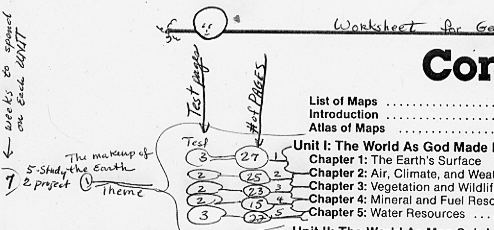
The image above is from the contents page that I copied to do my basic planning on. If you do not have easy access to a copy machine or a scanner, then improvise by hand-copying the contents or just look at the contents while you make notes on a separate sheet of paper.
Test & Review: I subtracted the number of test & review pages from the total. The test & review pages could be planned forFridays. This will cause a week for lessons to become a 4-day week with the 5th day for the test.
While Looking Through the Book
For each chapter I made note of:
- How many pages are regular text.
- How many pages are test/review.
I also made note of the theme of the Unit. (This book has 8 units and 25 chapters.) From this information, I was able to determine that we could complete one chapter including a test each week. The ball-park figure that I had from step 8 from the Steps-to-Planning checklist was 20 pages spread over 4 days (reserving the 5th day of the week for testing.) The actual chapters range from 11 to 29 pages each. We will study each chapter for 4 days and test on the 5th day. Each chapter has 3 lessons (on average) so the largest lesson will be split between two days.
This book contains 25 chapters and if we do one chapter each week, that will amount to 25 weeks of study. To enrich this course we will do special projects and extra research. The schedule that I am planning so far will allow us to have 10 weeks set aside for the special projects and extra research. The total weeks spent will be 35 weeks. This will leave one week (from a 36 week school year) free for flexibility.
The book has 8 units, and the next thing I will do is figure how many weeks to spend on each unit. I have already determined that each chapter will use one week, so the information that I need from the contents is... how many chapters are in each unit? Unit one has 5 chapters, and because of its interesting and complex theme, the makeup of the earth, we will set aside 2 weeks for a special project which will make a total time of 7 weeks to spend on unit 1.
The rest of the units were planned as follows:
Unit 1 = 7 weeks - 5 weeks of study, 2 weeks for projects/ theme: What
the earth is made of
Unit 2 = 7 weeks - 5 weeks of study, 2 weeks for projects/ theme: How
people use the earth
Unit 3 = 3 weeks - 2 weeks of study, 1 week for projects/ theme: North
America
Unit 4 = 3 weeks - 2 weeks of study, 1 week for projects/ theme: Latin
America
Unit 5 = 4 weeks - 3 weeks of study, 1 week for projects/ theme: Europe
Unit 6 = 4 weeks - 3 weeks of study, 1 week for projects/ theme: Asia
Unit 7 = 3 weeks - 2 weeks of study, 1 week for projects/ theme: Africa
Unit 8 = 4 weeks - 3 weeks of study, 1 week for projects/ theme: Oceania
and Polar regions
The projects will be based upon the themes. The book does not offer enough project ideas, so I will have to think of them myself and my child can think of some that he would like to do.
From all of the information that I have gathered, I can start making weekly plans. I will save the planning sheet the has all of my ideas and the numbers in my notebook for future reference.

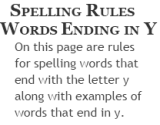

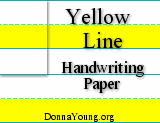
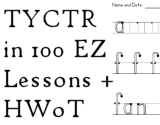 Handwriting W/o Tears style handwriting lessons
Handwriting W/o Tears style handwriting lessons Coordinate Grid Paper
Coordinate Grid Paper